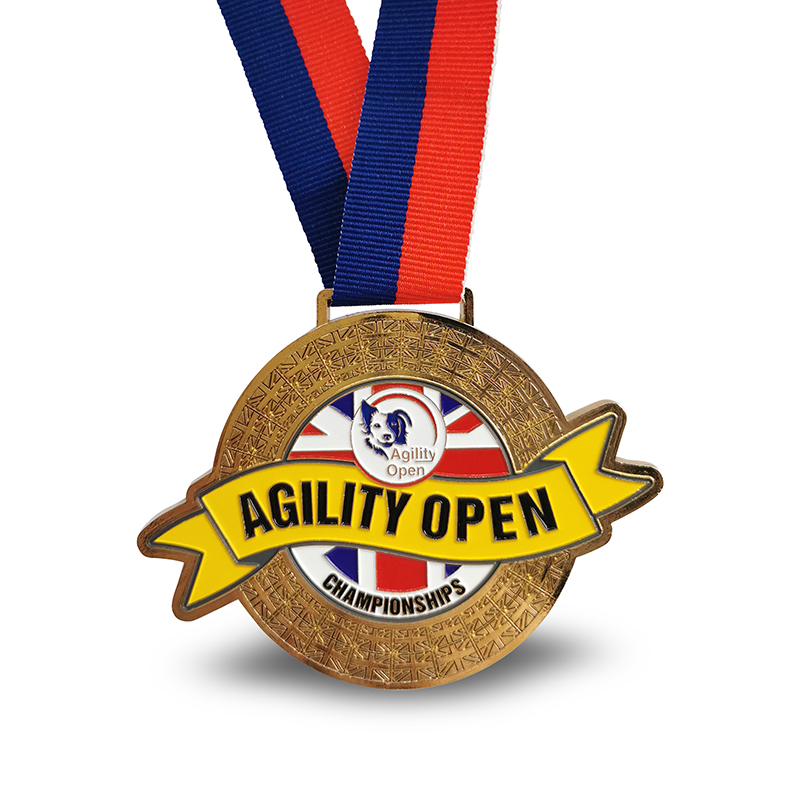
Generally, the proportion of medal material must be fixed. The gold medal shall contain 92.5% sterling silver and be plated with sterling gold. The weight of gold shall not be less than 6 grams. The following medal custom manufacturers introduce ten common processes and production principles for medals.
1. Transfer Medal
The pictures and text are prefabricated on the transfer paper, which is convenient for on-site processing of the workpiece. Transfer graphics are very clear, but correspondingly, the production cost is also high.
2. Silk Medal
Including metal silk medals, plastic silk medals, acrylic silk medals, etc. Silk Medal has a wide range of adaptability and is mainly used for plastic panel upper panels such as speakers, chassis panels and other mechanical panels. It has the characteristics of low cost and wide application range.
3. Pad Printing Medal
The silicone tip absorbs the graphic ink on the gravure and transfers it to the workpiece, which is more suitable for uneven surfaces, such as curved surfaces.
4. Offset Printing Medal
In the printing method of circular flattening, the graphics and text are transferred from the rubber roller to the flat workpiece, and the graphics and text are exquisite and are often used for dials and the like.
5. Electroforming Medal
The metal is deposited on the "master" at a higher current density. After deposition, the metal is stripped from the master. Ultra-thin self-adhesive electroformed nameplates belong to this type and are a popular variety in recent years.
6. Electroplating Medal
Materials can be metal and plastic. After the pattern is etched, an ionic metal, usually chromium, nickel or gold, is deposited. The surface of the electroplating medal is bright and noble, and has strong corrosion resistance.
7. Electrophoresis Medal
Polar coatings are deposited on bare metal surfaces under a DC electric field, usually in conjunction with an etching process.
8. High Gloss Medal
Usually pressed on the convex surface of aluminium, turned with a diamond knife to produce a high gloss effect. This is a relatively economical and affordable nameplate product.
9. PVC Soft Plastic Medal
Using polycarbonate (PC or PVC) as the base material, hot injection molding is performed through a mold, and then subsequent processing such as coloring or vacuum plating is performed to complete the medal pattern. PVC soft signs have good wear resistance and corrosion resistance, thus improving the grade of the product. Widely used in electrical appliances, machinery and other industries, it is also a good business gift.
10. Crystal Epoxy Medal
During the subsequent finishing process, transparent polyurethane is dripped on the surface of the medal workpiece for decoration and protection. Crystal Epoxy Medals are usually slightly protruding in the middle, with a smooth and bright surface, and are widely used in electronics, household appliances, and electromechanical products.
Article from https://www.asnypins.com


